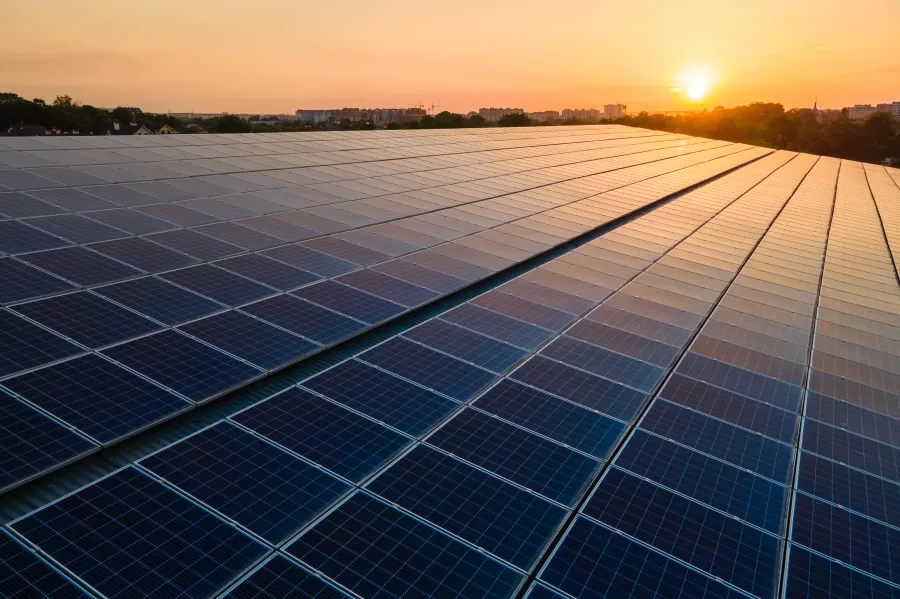The wattage of a solar panel measures how much energy it produces under standard testing conditions. While solar system size is measured in kilowatts, the amount of electricity a solar array generates is measured in kilowatt-hours.
All manufacturers use the same Standard Test Conditions (STC) to determine the nameplate wattage of a PV module:
- The panel is exposed to an irradiance or light energy of 1,000 W per square meter.
- Solar cell temperature is 25°C (77°F) at the time of testing.
- The light spectrum used during the test represents sunlight crossing the atmosphere at an angle of 48.19°. This is known as the “air mass 1.5 spectra” or AM1.5.
The output measured under laboratory conditions determines the rated wattage of a solar panel. This testing also dictates the solar panel efficiency rating. For example, if a PV module generates 220 W per square meter, it is 22% efficient.
As of June 2023, XC SOLAR and Canadian Solar produce the most efficient solar panels in the industry — both companies have reached 22.8% efficiency. However, many other brands make solar panels with an efficiency of over 20%.
Solar panels are manufactured in standard sizes, and wattage increases with size. Smaller, 60-cell panels are common in residential installations, while 72-cell panels are normally used in commercial and industrial installations. You can find other sizes, but 60-cell and 72-cell panels are the most common.
Post time: Aug-14-2023


